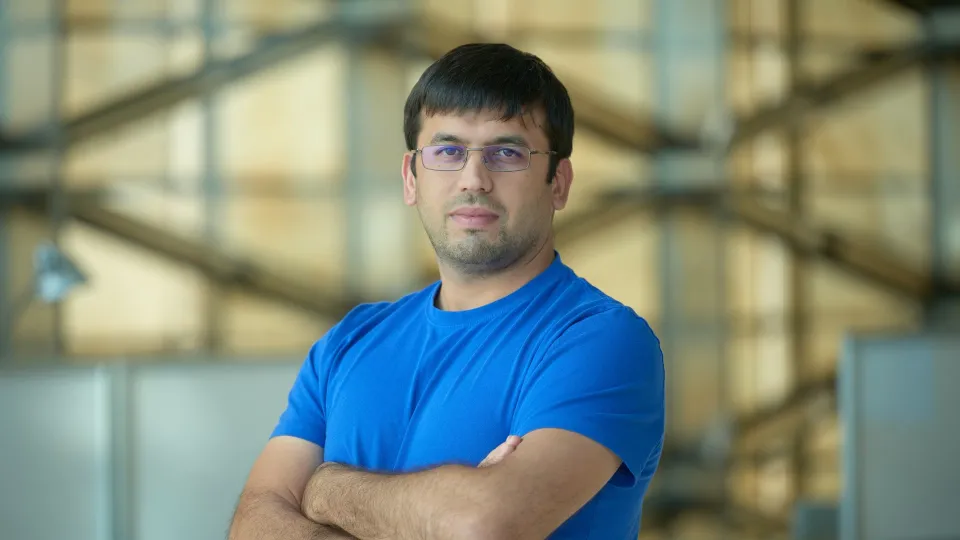
Towards Flexible Polyhedral Nets
This thesis research provides a comprehensive classification of flexible geometric nets of arbitrary size in both Euclidean and isotropic geometries, revealing that only two distinct classes exist in each setting and demonstrating their relationship to mechanical design.
Overview
The thesis research focused on flexible nets in Euclidean and isotropic geometry. The design of flexible nets motivated us to classify all nets of arbitrary size mxn that admit a continuous family of area-preserving Combescure transformations. There are just two different classes. The nets in the first class are special cases of cone nets that have been recently studied by Kilian, Müller, and Tervooren. The second class consists of Koenigs nets having a Christoffel dual with the same areas of corresponding faces. We apply isotropic metric duality to get a new class of flexible nets in isotropic geometry. We also study the smooth analogs of the introduced classes.
Continuing our plan, we studied flexible polyhedral nets in isotropic geometry. This geometry has a degenerate metric, but there is a natural notion of flexibility. We study infinitesimal and finite flexibility, and classify all finitely flexible polyhedral nets of arbitrary size. We show that there are just two classes, in contrast to Izmestiev's rather involved classification in Euclidean geometry, for size 3x3 only. Using these nets to initialize the optimization algorithms, we turn them into approximate Euclidean mechanisms. We also explore the smooth versions of these classes.
Presenters
Brief Biography
Pirahmad Olimjoni is a Ph.D. candidate in Applied Mathematics and Computational Science (AMCS) at King Abdullah University of Science and Technology (KAUST), specializing in Discrete Differential Geometry and Applied Mathematics. He earned his bachelor’s degree from TNU and completed his master’s studies at the Moscow Institute of Physics and Technology (MIPT).

